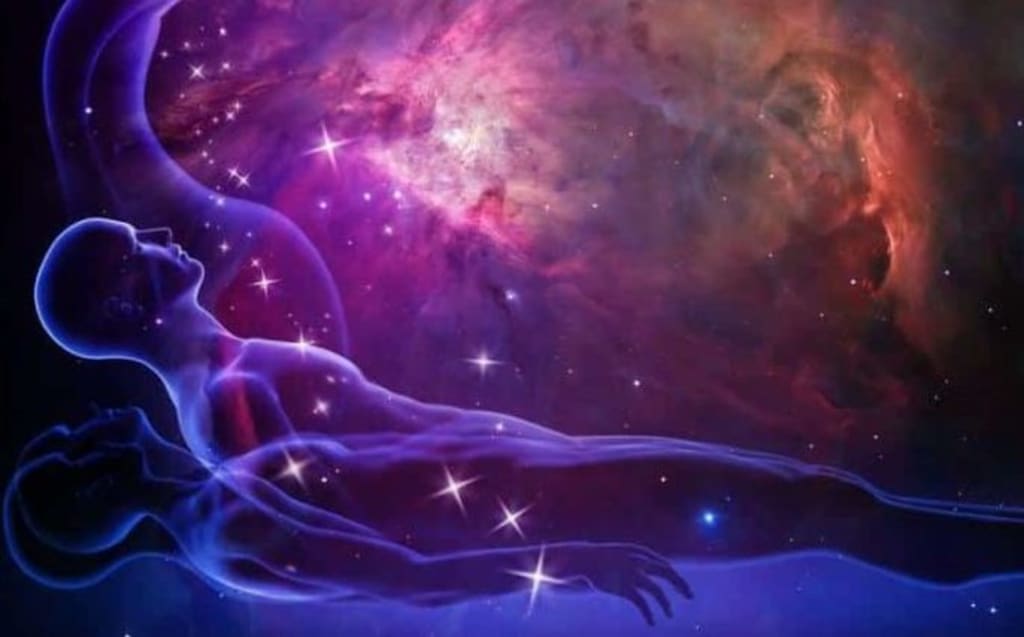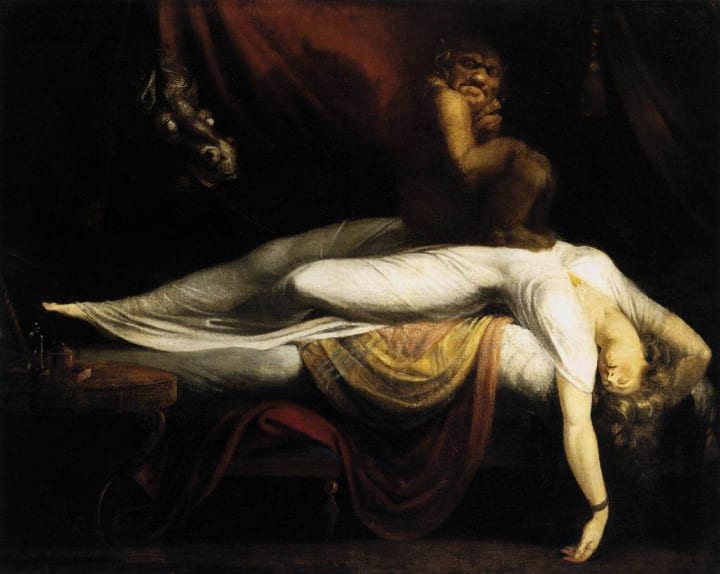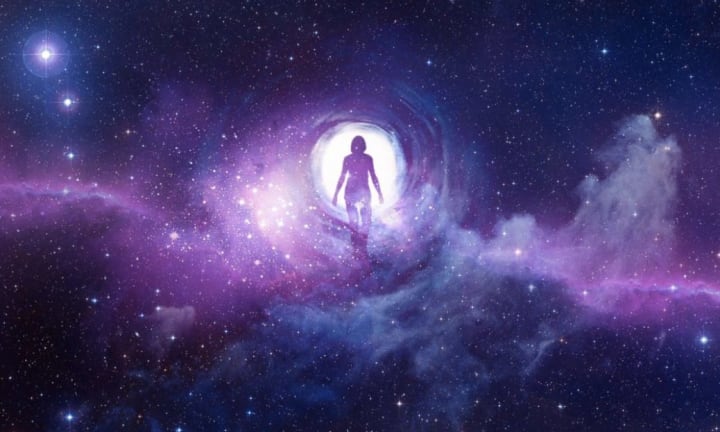Sleep Paralysis? Lucid Dreaming? Astral Projection? What's the Difference?
A Discussion on the Differences and Similarities of Sleep Paralysis, Lucid Dreaming, and Astral Projection

Sleep paralysis, astral projection, and lucid dreaming are all very different experiences that tend to overlap. Many paranormal enthusiasts who say they’ve been through these experiences claim that what they witnessed had to be an out-of-body-experience (a.k.a. OBE). Astral projection and lucid dreaming seem to be the most supernatural, but sleep paralysis is the least spooky out of all of them. Before we look over the differences between the three, know that I’m not a scientist but respect the scientific method. I don’t claim that the topics discussed in this article are complete fact. This is a conversational piece with references from those who observed the topics through their own methods.
Sleep Paralysis

"The Nightmare" by Henry Fuseli
Sleep paralysis is a common medical condition where someone feels that their body is stiff and has lost the ability to move even though they are wide awake. They will often feel a weight on their chest making it difficult to breathe. The most supernatural this event gets is when a shadowy figure is seen staring the person down while the person experiences helplessness. Those who have studied this condition have concluded the shadow is a product of the person’s REM sleep. I found an amazing video that explains the paralysis very well.
After researching the truth behind sleep paralysis, I still wondered about the hallucinatory part. What if they were images from the subconscious mind rearing their ugly head until they go back to where they came from? The only thing I find paranormal about this experience is the fact that so many people have experienced this for hundreds of years and the majority of them see the same figures they can’t help but call “demons,” “gargoyles,” “old hags,” and the like. Hypothetically, if these figures were real, I’d guess they are manifestations of the dreamer’s insecurities. Even for those who don’t see anything during sleep paralysis, I wonder if even the weight itself represents how they process their personal demons: fear, vulnerability, doubt, helplessness, etc.
Lucid Dreaming

According to The Llewellyn Complete Book of Psychic Empowerment, a lucid dream is, “a particularly vivid dream in which the dreamer himself appears. It is believed to be a form of astral projection, and if the dreamer can take conscious control of the dream, it then becomes a full out-of-body-experience (OBE)” (Wescheke and Slate 2016). I’ve had probably hundreds of these, so I can relate to those who feel like they practically travel to a new world when they dream. These types of dreams can play a part in sleep paralysis and astral projection. When we are in REM sleep, that is when a lucid dream would be most vivid.
Even though most dreams last about an hour, lucid dreams seem to escape time and it takes very high awareness to acknowledge how time only influences your conscious as much as you let it. When sleeping, most of us aren’t thinking about fulfilling our schedule. When it’s time to sleep, we often wind down, rest our brains. I find it very interesting that studies for lucid dreaming show the brain processing information in similar ways when one is awake and asleep. It’s intriguing to apply that information to sleep paralysis. When you’re lucid dreaming, your brain isn't really winding down, but you’re not physically acting out the information your brain is processing, which is what researchers have called GABA and REM doing their thing.
Even with all this information, I’m not so quick to dismiss the supernatural influences during a lucid dream, especially due to my astral projection theory, experiences, and testimonies I’ve heard from others. Regarding the astral experience, many have reported seeing one another in dreams. They may visit someone in their dream who is alive or who has passed away. Those people may even control the dream together. Consciousness feels almost limitless in dreams and, yes, the imagination is incredibly powerful so not all of these experiences would be considered fact, but with all the research that’s gone into dream interpretation (academic and/or spiritual), I wonder if we’re hunting for either confirmation or rejection for our theories about our dreams rather than what is or isn’t truth. I think in cases like these, the truth of the phenomena becomes subjective to each person (which is a statement of annoyance if you believe only tangible evidence is truth).
Astral Projection (It Gets Trippy from Here)

Again from Llewellyn’s definitions, astral projection is, “a particular state of consciousness in which the astral body separates from the physical and is able to travel on the astral plane, obtain information, communicate with other beings, and return to the physical with full memory. It is common that the astral body separates from the physical during sleep, but does not travel (lucid dreaming?)” (Wescheke and Slate 2016).
What I find most interesting about astral projection is that it’s often overlapped with traveling the familiar, physical world but with a “spirit” body rather than in person. It blows my mind that technically this is not astral projection. If you’re traveling the physical world without physically moving, you’re not on the astral plane. Llewellyn’s definition of astral projection iterates this by explaining that, “Nonphysical movement in the familiar physical world is more likely to involve the etheric body than the astral body… the etheric body can travel anywhere in the physical world, moving with the speed of thought, and can interact with the physical in a limited manner,” (Wescheke and Slate 2016). So maybe next time you have a poltergeist happening in your home, maybe it’s just a friend visiting in etheric form and they’re a little clumsy.
What can we take from all of this?

When we combine all three of these descriptions, sleep paralysis can be a frightening experience where your dreams, lucid or not, haven’t stopped yet, but if your lucid dreams are occurring on the astral plane, you’re astral projecting during a dream, then return to your physical form just to wake up to a shadowy figure on your chest, which could be an etheric form interacting with your physical form while your brain is trying to figure out what the hell is going on.
Yeah, that’s a lot to take in. Like I said before, the reality of these experiences is subjective. I do have more information on the frequencies etheric and astral forms interact with, but I’ll save that for another article because realizing your consciousness could be traversing through various realms of etheric or astral energy is already a lot. Please contact me on Twitter (@Authentikei) if you’ve had experiences like these. Do you feel like you can tell the difference between your etheric and astral forms? Do you think there’s more to the shadowy figures giving you horrible CPR or is your brain panicking over its own creation? Do tell.






Comments
There are no comments for this story
Be the first to respond and start the conversation.